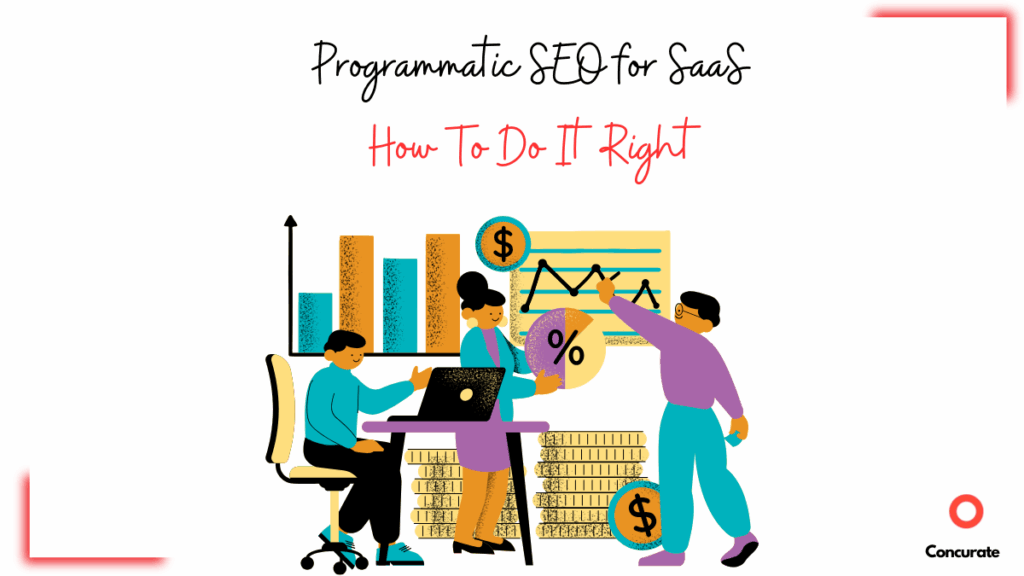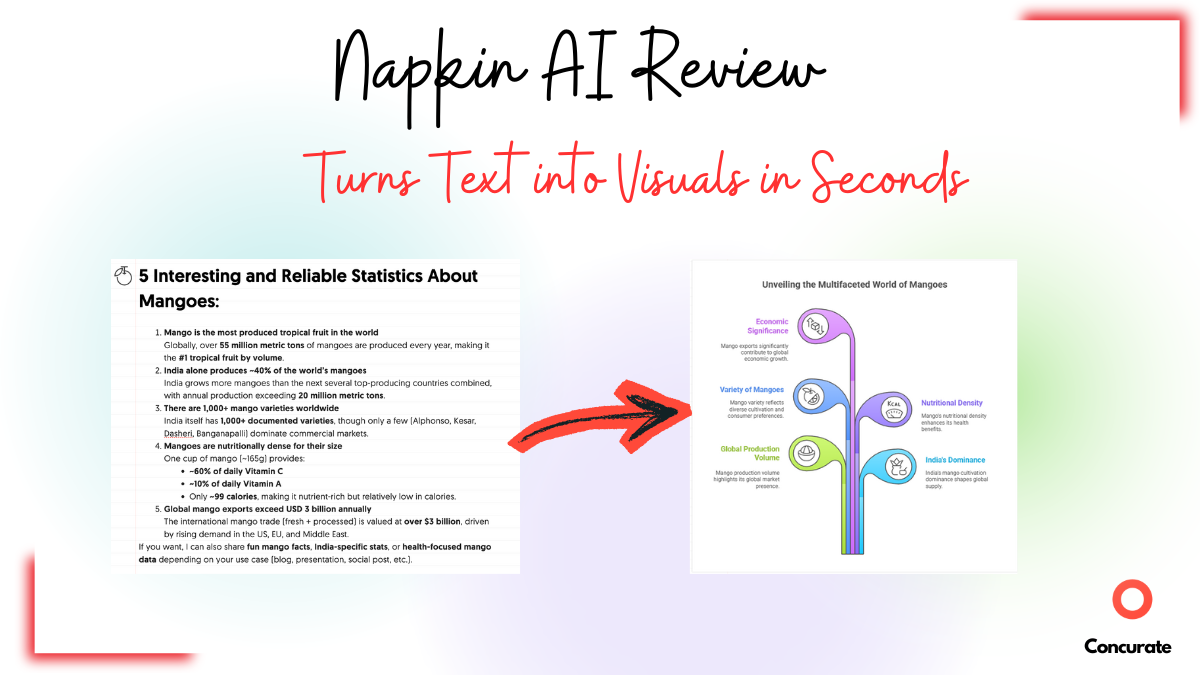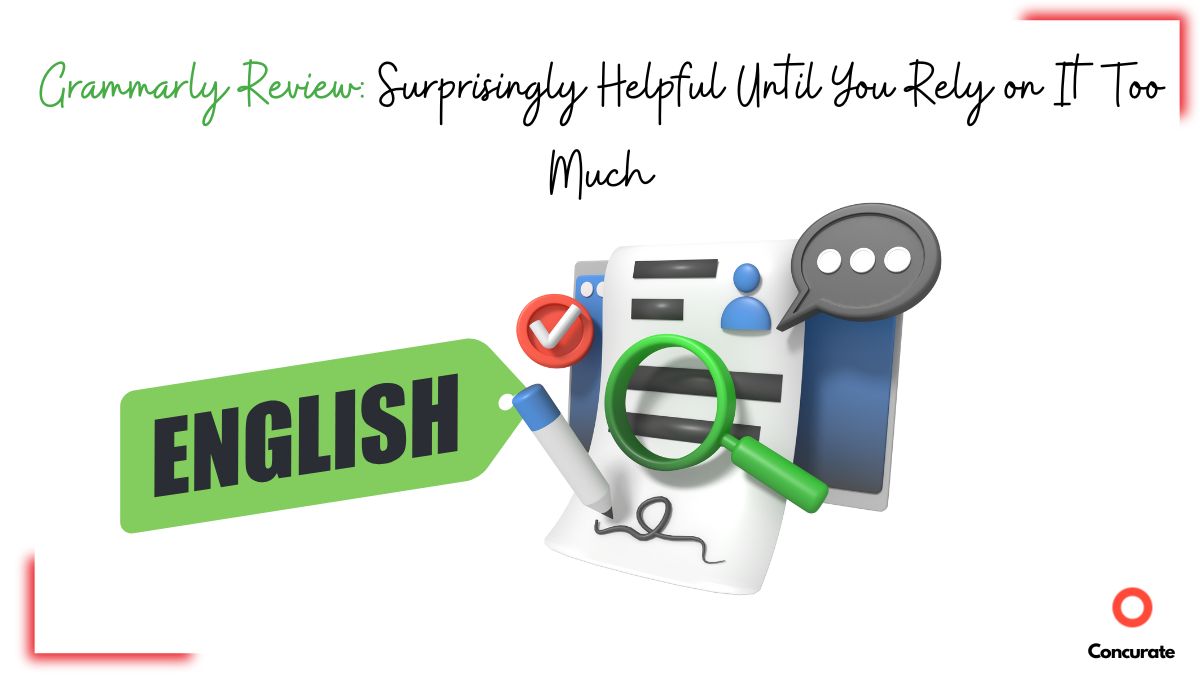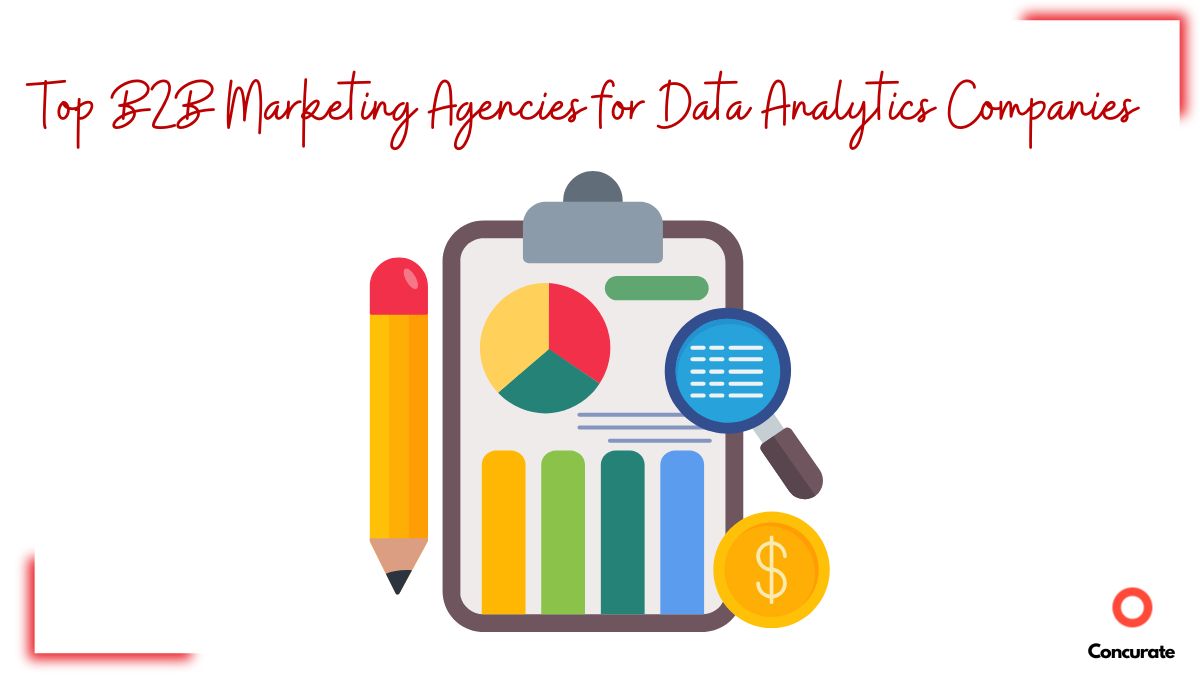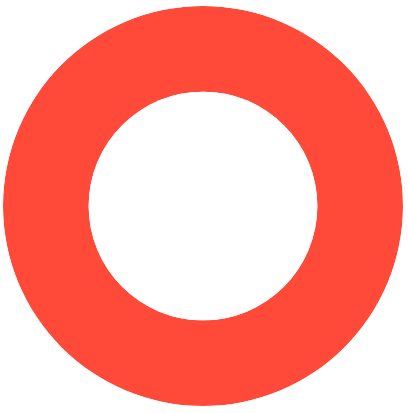| TL; DR: Lean teams often doubt if programmatic SEO can work without big budgets. This guide breaks down Programmatic SEO for SaaS with a structure-first blueprint, real examples, and steps to win on Google and AI. |
Most B2B founders assume programmatic SEO only works if you’re dealing with hundreds of pages. Think Zapier, Tripadvisor, or any company working with millions of data points. But the truth is different. Programmatic SEO is not really about size; it’s about structure.
At its core, programmatic SEO is the art of turning a repeatable template into scalable, search-optimized content. Big SaaS players use it to dominate integration keywords or template searches. But the same principles can also unlock growth for niche SaaS products with far fewer resources.
Here’s why this matters if you’re a founder: done right, programmatic SEO doesn’t just bring traffic. It brings customers to your doorstep, helps you spend less on paid campaigns, and keeps delivering results long after the content is published.
Unlike classic SEO, programmatic SEO scales faster by covering the exact questions your buyers are searching for.
So can you use programmatic SEO for your SaaS company? Yes. In this article, we will show you how. We’ll also share how even specialized products can leverage it, along with real-world examples from clients we’ve worked with.
Programmatic SEO for B2B SaaS: What Does It Take to Win
When most people think of programmatic SEO, they think of scale. And for good reason. The biggest names in SaaS have proven how powerful it can be.
Zapier built thousands of integration pages and became the go-to for “connect X with Y.” G2 scaled comparison and alternatives pages until they owned the buying journey.
Canva has done it with hundreds of design template pages. They have covered everything from “Christmas card template free” to “business card template free.” These playbooks are cited endlessly across the web because they work.
And then there’s Storylane. They didn’t stop at use cases or demo software keywords. Instead, they tapped into the exact questions buyers already Google every day.
Queries like:
- how to curve text in Canva,
- how to delete a LinkedIn account,
- how to merge rows in excel
On the surface, these look like tutorials. But the brilliance is in how Storylane turned them into a discovery engine. Each page is useful, contextual, and structured to rank. They didn’t stop there. They went after niche tools too, pulling in eyeballs where others weren’t even looking.
With its programmatic approach, Storylane builds brand impressions, drives millions of visitors every month, and their content surfaces across Google’s AI Overviews and other AI surfaces.
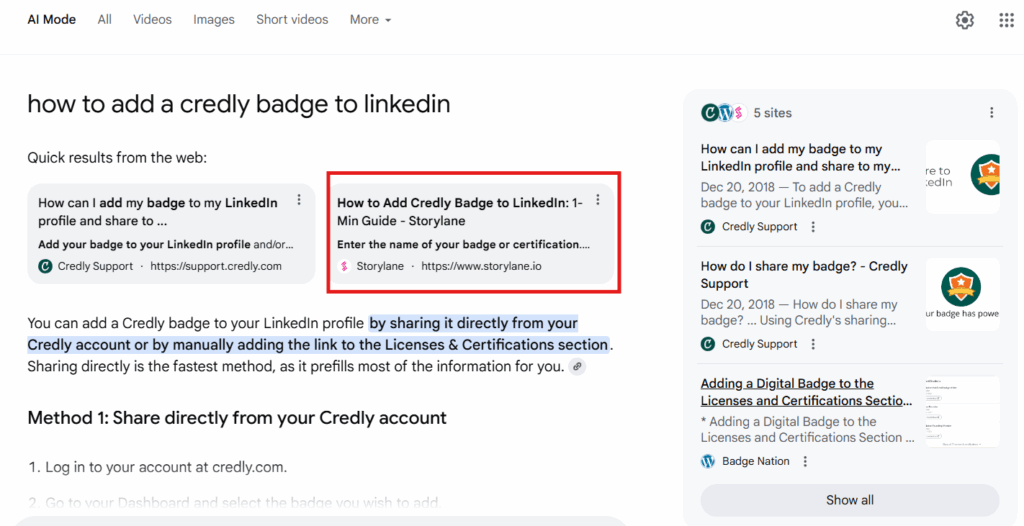
That’s what winning at programmatic SEO looks like at scale: capturing long-tail intent, meeting buyers in their micro-moments, and building authority page by page until the numbers compound.
Programmatic SEO for SaaS: More Than Just Scale
While often thought of in terms of scale, one of the core foundations of programmatic SEO is structure. You take a dataset, apply a repeatable template, and generate content that targets specific queries. Scale happens as a by-product.
And this doesn’t always mean creating thousands of pages. Sometimes, it’s as simple as breaking your product down by use case or industry.
Take an idea management SaaS, for example. Instead of hoping one product page ranks for every query, you could build industry-specific pages like:.
- Idea management software for healthcare
- Idea management software for finance
- Idea management software for retail
- Idea management software for manufacturing
- Idea management software for pharma
Each page follows the same template. But the copy, examples, and value props are adapted to the industry. Resultantly, your SaaS product will start ranking for dozens of high-intent, long-tail searches instead of one generic query.
That’s the real lever. Programmatic SEO isn’t about how many pages you can create. It’s about whether your structure helps you capture the queries that matter most.
Datacipher’s Programmatic SEO Win: Structure Over Size
At Concurate, we tested this for our client Datacipher, an authorized training partner for multiple OEMs, including Palo Alto Networks. We created more than 70 location-based landing pages from a single template.
However, these were not cookie-cutter pages with minor tweaks. We customized every landing page thoughtfully to reflect what resonates best with the needs of the particular geography’s audience.
For example, the landing page for Palo Alto Networks training in Dubai had a distinct tone and content compared to the page for Palo Alto Networks training in Kolkata.
That nuance mattered. The cluster created a strong search footprint, pulled in steady traffic, and even delivered a lead from a company with 60,000 employees. You can find all the details in this case study.
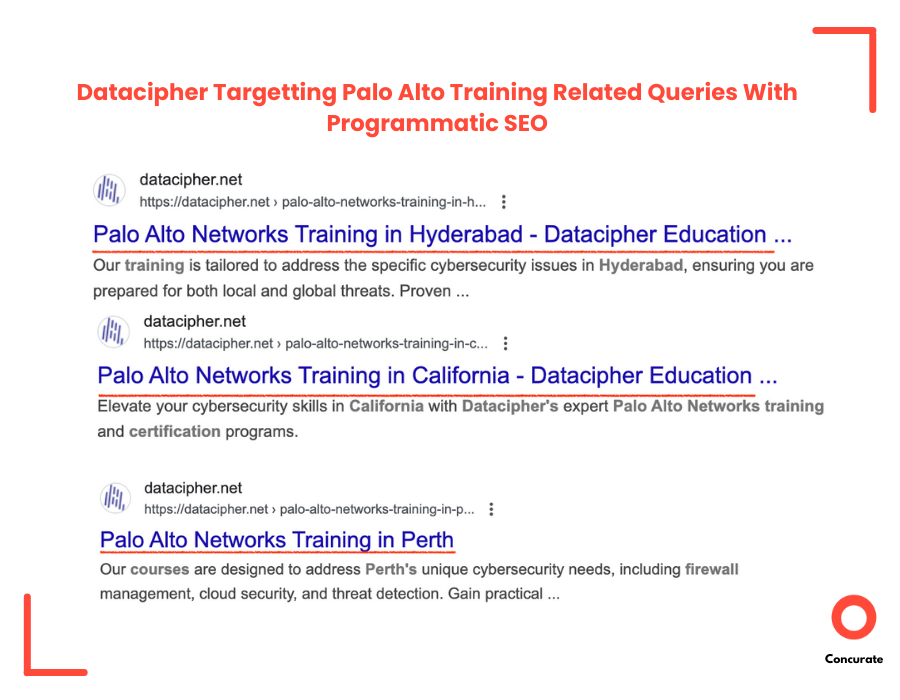
The same principle applies to SaaS. Programmatic SEO doesn’t always mean creating endless landing pages. It can be blog posts, template hubs, or feature pages. The common thread is simple: define a structure, map it to keywords, and repeat it with precision.
Beyond Landing Pages: How Blogs Power Programmatic SEO
Most founders assume programmatic SEO = spinning up hundreds of landing pages.
That’s one way, but not the only way. The real lever is structure, and that can live inside blogs too.
Why blogs, you ask?
Because they’re faster to execute and easier to scale. And when done with structure, they can deliver the same strategic impact as landing pages.
Be it challenges or outcomes, if you can frame your product as the solution to what prospects are already looking for, you’re halfway there.
This can be applicable to any SaaS vertical, be it innovation management, HR tech, compliance, or project tools. The vertical can be as niche as possible and you can still apply programmatic SEO.
Let’s show you with a niche SaaS example.
Programmatic SEO Win: Leading with Compliance
When a SaaS client in patent tech space came to us in April 2025, their website was still very new. They offered a drawing software built for compliance. With the tool, users could upload CAD files and get drawings that meet the requirements of major patent offices, without the hassle of hiring an Illustrator or learning AutoCAD(to save money).
However, it wasn’t an easy market to enter. This space is typically dominated by two camps:
- Patent drawing service providers who rely on illustrators.
- General-purpose design software like Adobe Illustrator, CorelDRAW, or AutoCAD, which are widely used for creating drawings from scratch.
The client wanted to disrupt that. They weren’t a service or generic software. They were a purpose-built tool for automated, compliant patent drawings.
So how do you earn authority in a niche that’s already saturated? We recommended they lead with compliance.
Our strategy was to build jurisdiction-specific blogs that would cover patent drawing requirements across major offices. Each piece targeted a long-tail keyword, such as:
- USPTO Patent Drawing Requirements
- EPO Patent Drawing Guidelines
- WIPO Patent Drawing Requirements
- CNIPA (China) Patent Drawing Requirements
- JPO (Japan) Drawing Rules
- KIPO (Korea) Drawing Standards
- Indian Patent Office Guidelines
- Australia Patent Drawing Requirements
- UKIPO, DPMA (Germany), INPI (Brazil), and many more
Instead of waiting for one page to rank globally, we spread the effort across 20+ jurisdictions.
This created a broad footprint of authority. Each page addressed the exact compliance concerns of applicants in that region.
By August, we had published 21 blogs, 5 checklists, and 4 videos. Out of 22 identified jurisdictions, only a handful were left in the pipeline.
Programmatic SEO For SaaS In The Age Of AI Search – The Results
Strategy alone doesn’t cut it anymore. The real test is whether your content shows up in Google’s search results or other generative surfaces. Because that’s where buyers increasingly start their search.
For the client, the results spoke for themselves. Within four months, their jurisdiction blogs began surfacing across AI and classic search. Here’s what the numbers look like as of August 2025:
| Article | AI Mode/AI Overview | Google position |
| PCT Drawing Requirements | Visible | 9 |
| US patent drawing requirements | Not Visible | 19 |
| EPO patent drawing requirements | Visible | 3 |
| Germany Patent Drawing Requirements | Visible | 5 |
| Australian Patent Drawing Requirements | Not Visible | 7 |
| GCC Patent Drawing Requirements | Visible | 1 |
| South Africa Patent Drawing Requirements | Not Visible | 2 |
| Canadian Patent Drawing Requirements | Visible | 4 |
| Russia Patent Drawing Requirements | Visible | 2 |
| Indian Patent Drawing Requirements | Visible | 5 |
| Malaysian Patent Drawing Requirements | Visible | 2 |
| UKIPO Patent Drawing Requirements | Visible | 5 |
| Singapore Patent Drawing Requirements | Visible | 3 |
Here is what the digested numbers look like for these Jurisdiction-specific blogs:
- 10 out of 13 blogs surfaced on Google’s AI Mode
- 11 out of 13 ranked in the top 7 of classic Google search
- Both Jurisdiction specific videos ranked in the top 2 results on YouTube
Even with a relatively new domain, this strategy delivered true programmatic SEO results for a niche SaaS.
And the business impact? Within two months, we generated 13 qualified leads organically. Their brand now ranks alongside long-standing players in the patent illustration ecosystem.
Case studies show what’s possible. But how do you actually make programmatic SEO work for your SaaS? That’s where the blueprint comes in. Here’s a step-by-step guide you can adapt to your team, no matter your size or industry.
Programmatic SEO for SaaS: A Step-by-Step Blueprint Any Company Can Use
Before you dive into execution, ask yourself a foundational question: Is it easier for your team to publish a blog or update a landing page?
If your internal setup supports frequent page development, you can start with a landing page. But if blog publishing is more accessible, begin with that and build SEO-friendly landing pages in parallel.
Either way, the blueprint below can guide your strategy.
1. Start by defining your structure
Pin down the use cases and industries you want to target.
For instance, if you’re marketing an innovation management platform, map combinations like: “Innovation Management Software for Pharma,” “Innovation Management Software for Retail,” and so on.
You can decide whether these are better expressed as landing pages or blogs. However, do ensure canonical clarity across both, and avoid duplication conflicts that dilute rankings.
Pro Tip: Once your structure is mapped out, choosing the right programmatic SEO tools can make or break execution. From data-sync platforms to content-generation frameworks, the right stack helps you scale structured pages with precision and minimal manual work.
Another proof of concept is 3CX’s high-intent SEO strategy, where structured landing pages act as scalable traffic magnets.
2. Treat every piece as purpose-built
Each blog or page should speak directly to its intended audience. If you’re writing for a pharma innovation team, spell out real-world bottlenecks and align them with specific product capabilities. This is not the place for broad generalizations. Specificity builds trust and relevance.
3. Optimize for both classic Google and AI surfaces
Generative engine results are the new decision-making layer. Your content should be optimized for them as well. Use exact-match keywords in titles and headers. Make sure your content is structured, scannable, and technically clean for indexing. Platforms like Perplexity, ChatGPT, and Gemini are already reshaping how users search and compare. You have to make sure your content is structured for easy crawling by these surfaces.
Recommended Read: Boost Your AI Search Visibility in Minutes (No Coding Needed)
4. Build a cluster, not a one-off
Publishing a single article or page isn’t enough. Publishing ten around a focused theme changes the game. It sends strong topical signals to both human readers and search engines. Over time, this cluster effect compounds, especially when you’re targeting nuanced buyer intent.
Cluster-based publishing can help new brands dominate fragmented queries, a concept reinforced by our Bevel inbound research on scaling health-tracking visibility through structured keywords.
5. Monitor performance early and often
You don’t need to wait months to monitor performance. Within days or weeks, you’ll start spotting signs: rankings in top ten results, visibility in AI Overviews, references on AI-driven platforms, or even direct queries from leads. Watch where your content appears, and if it does not, adjust your approach accordingly.
Recommended Read: 16 Best Generative Engine Optimization Companies That Get You Visible on AI Search Results
6. Expand the footprint with layered content
Videos, downloadable checklists, and embedded tools all add surface area for discovery. They’re not mandatory, but when done right, they drive both engagement and conversion. These assets also give AI tools more context to surface your brand at the right time, for the right query.
With this blueprint, SaaS teams of any size can turn structure into rankings, authority, and real inbound growth. The blueprint gives you the playbook. But execution is where the real difference shows up. That’ where we can make the difference.
How We Turn Programmatic SEO into Growth for SaaS Teams
At Concurate, we’ve worked with SaaS teams across completely different domains, from patent-tech to edtech. The industries couldn’t be more different.
Yet, we’ve consistently unlocked meaningful traction through programmatic SEO.
With tailored execution that adapts to each client’s needs, we know how to deliver measurable results. That is, higher rankings, qualified leads, and visibility across AI surfaces in record time.
If you’re wondering whether programmatic SEO is the right fit for your product, let’s talk. We’ll help you evaluate what works best for your current bandwidth, funnel stage, and target audience.
You bring the product. We’ll bring the blueprint. Book a consultation today.
Frequently asked questions
Not at all. In fact, programmatic SEO can be even more useful for lean teams. It gives you a structured way to scale without burning bandwidth. You don’t need hundreds of pages from day one; you just need the right structure and a consistent publishing rhythm.
Dynamic pages are usually built using data templates, think pricing calculators or location-based content. Programmatic SEO uses structured targeting logic to generate pages (or blogs) at scale, each built to rank for a specific query. They can overlap, but programmatic SEO is more about strategic search visibility than just technical automation.
Absolutely. Your pillar pages can anchor clusters of programmatically created content. In many cases, this mix strengthens topical authority and drives compounding gains.
You can start by picking the combinations that matter most to your funnel. For instance, if your product serves both retail and healthcare, choose the vertical that gives you the best shot at qualified traffic or sales alignment. Then build a structured content cluster around it. You can always expand later. And if you are in confusion, you can book our calendar. We will guide you with the strategy.


